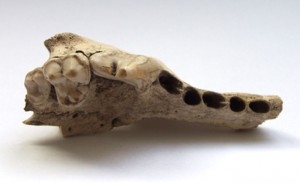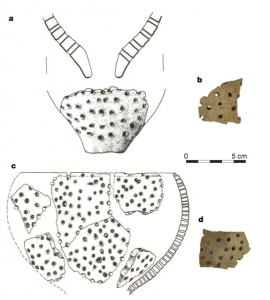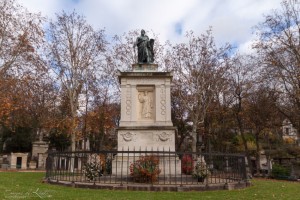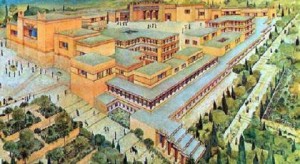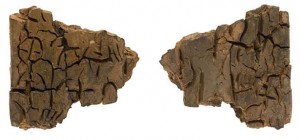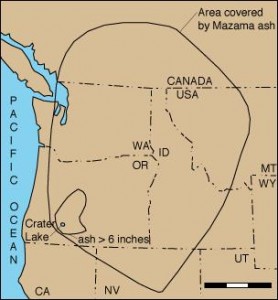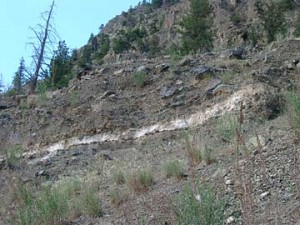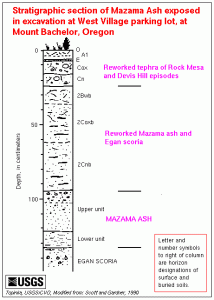The environment can reveal a lot about a culture. If the environment is favorable for agriculture, people take up a sedentary lifestyle. If it is the opposite, or people have access to additional resources, agriculture is less likely to be a focus. Yet this general rule is challenged by the Inca Empire, and their persistence to pursue agriculture in a region unfavorable to crops.

The basic process of creating terraces.
Mountain climates do not inherently support agriculture. Little precipitation falls in the Andes. Steep slopes also prevent growth of plants as what little precipitation that does fall erodes soil and thus washes plants away. Mountain temperatures fluctuate, often becoming much colder at night and shortening the growing season.
However, the Incas found a way around these problems, with terrace agriculture. By cutting flat planes into the mountain, the Incas were able to create areas of suitable farmland. Bounded by stone walls, these areas are able to withstand the problems associated with Mountain climates. Along with domesticated species of plants suited to harsh conditions, the Incas were able to farm.
Yet why would the Incas put in the tremendous amount of work to make an area unsuitable for sedentary life, suitable? The answer lies within the environment. Cultures that struggle with agriculture often have earlier examples of rock art (signs of praying to the Gods). As religion is spurred by a harsh environment, it becomes even more central to the culture.
In the case of the Incas, religion played a huge role in their culture, likely due to the environment. As to why they would have stayed, or even continued higher; (major areas like Machu Picchu and Cuzco are over 7,000 ft. above sea level) this is likely due to being closer to heaven (the Inca highly revered their sun God, Inti). As religion led to the Incas moving up in altitude, the environment only became tougher for a sedentary lifestyle. Yet the practice of terrace farming shows the Incas dedication to their lifestyle, and persistence as a people.

A ruin of an Inca temple in Pisac, Peru.
Though harsh in terms of climate, the Andes region is bountiful concerning precious medals. The existence of the precious metals gold and silver would have confirmed that they were in a holy area of the world, and that their connection to their Gods would only be improved as they increased in altitude. The use of these metals in Inca throne rooms and temples shows the influence the environment had upon their lives.
Through just the knowledge of the environment, a lot can be seen about a culture. What environmental challenges are presented determine what kind of lifestyle inhabitants will lead. In the case of the Incas, their harsh conditions resulted in creativity and adaptation against the natural environment, so as to pursue their religious lifestyle. Understanding how environmental conditions pressure and shape a human life is imperative to understanding a culture.
Sources:
http://www.ushistory.org/civ/11c.asp
http://latinamericanhistory.about.com/od/theconquestofperu/p/The-Treasure-Of-The-Inca.htm
http://www.smithsonianmag.com/history/farming-like-the-incas-70263217/?device=ipad&no-ist=&page=1
http://www.socialstudiesforkids.com/articles/geography/terracefarming.htm
Further Reading:
http://ngm.nationalgeographic.com/1913/04/machu-picchu/bingham-text/1
http://www.smithsonianmag.com/travel/ancient-civilizations-central-andes-180955910/
Images:
http://www.penfield.edu/webpages/pgalgovich/photos/1097021/2inca%20terrace%20farming.jpg
https://annesleyb.files.wordpress.com/2011/10/screen-shot-2011-10-25-at-1-09-30-pm.png

